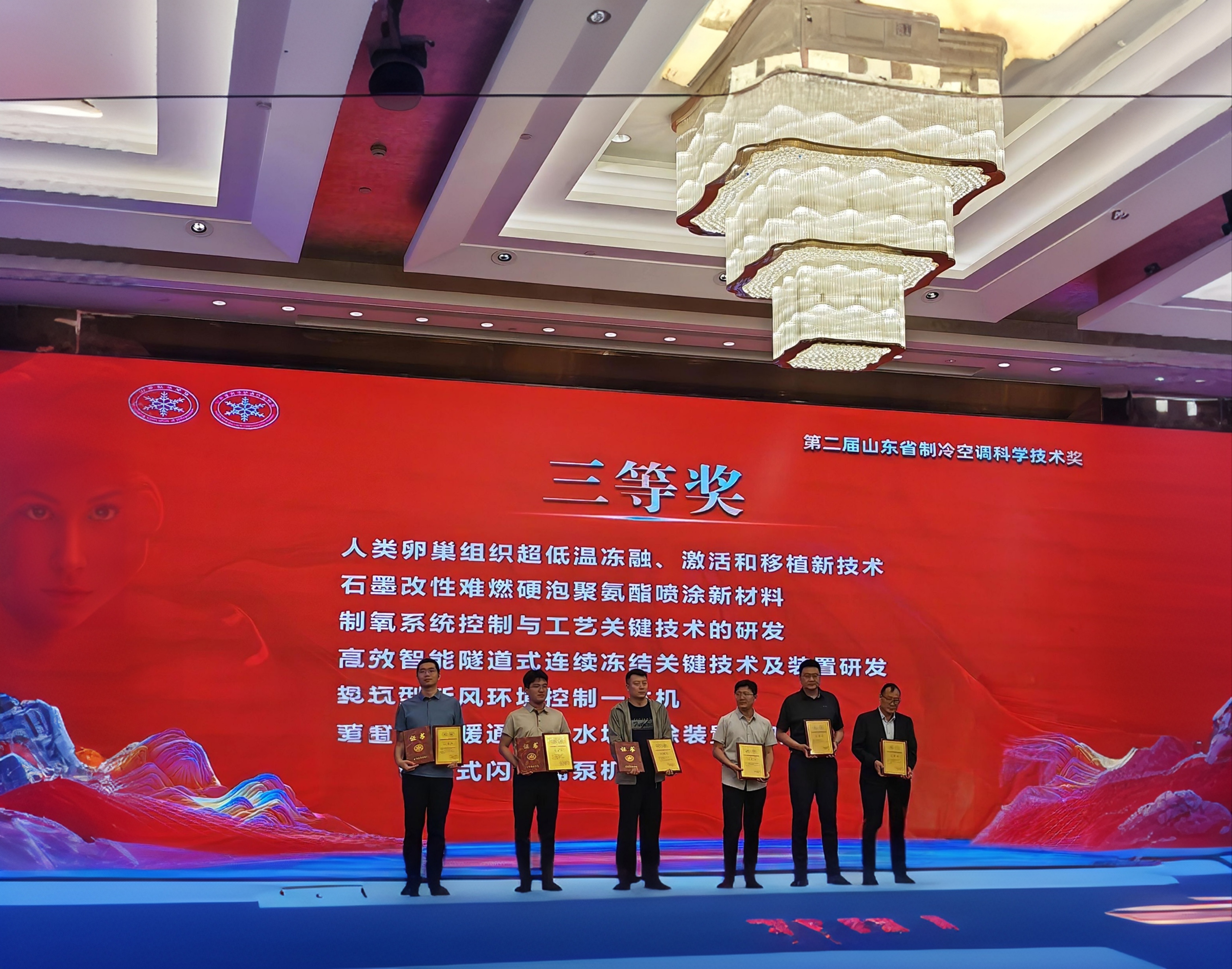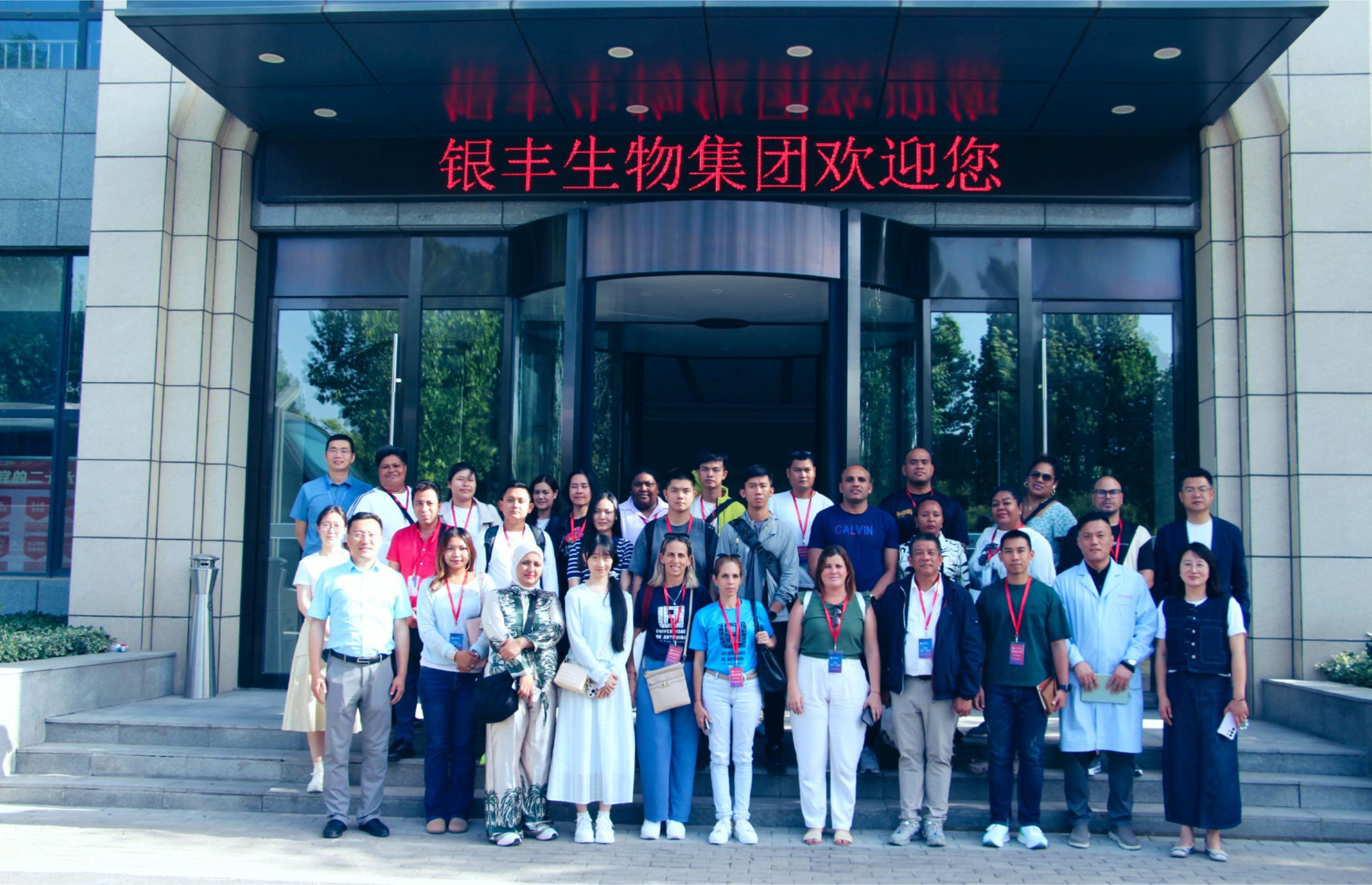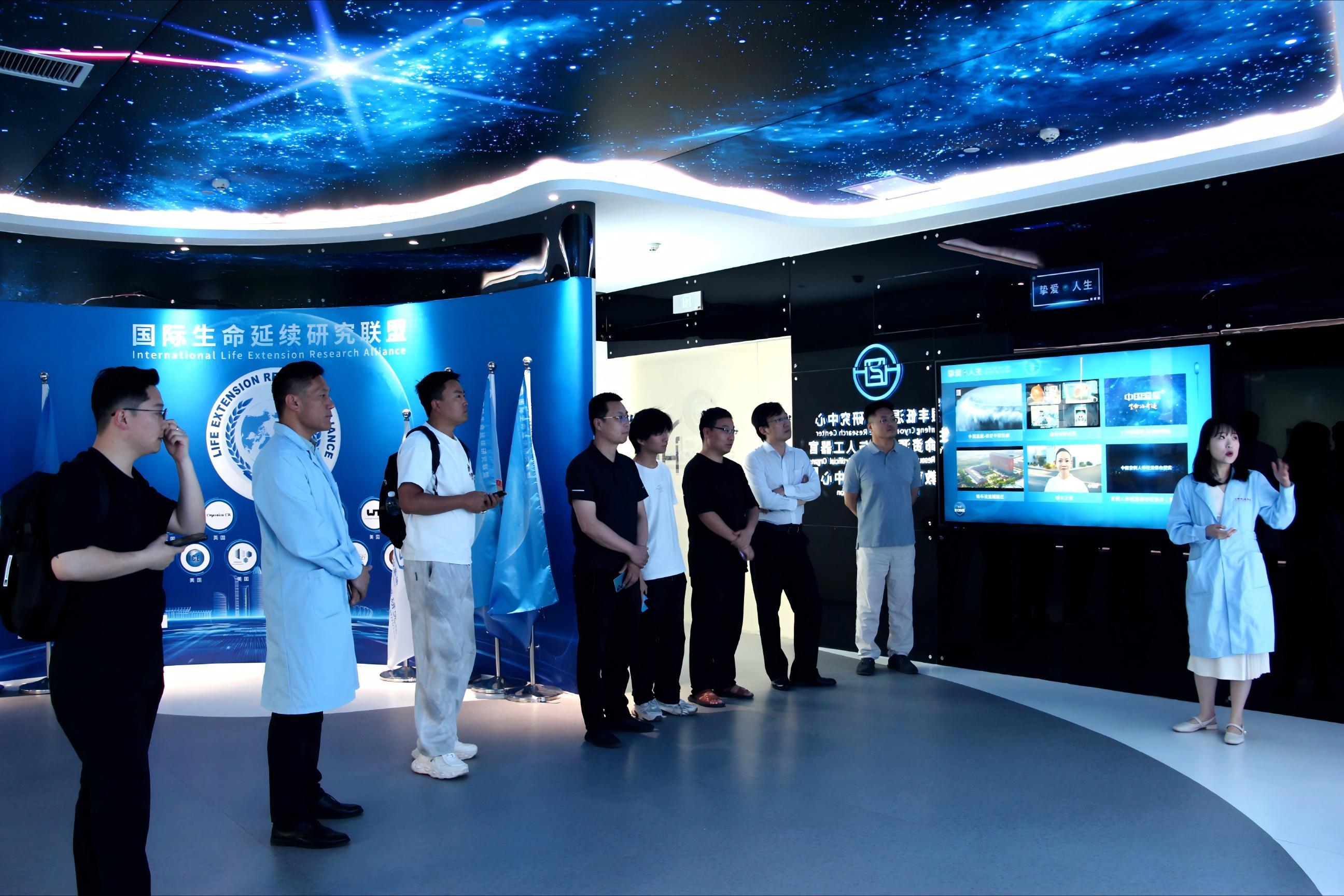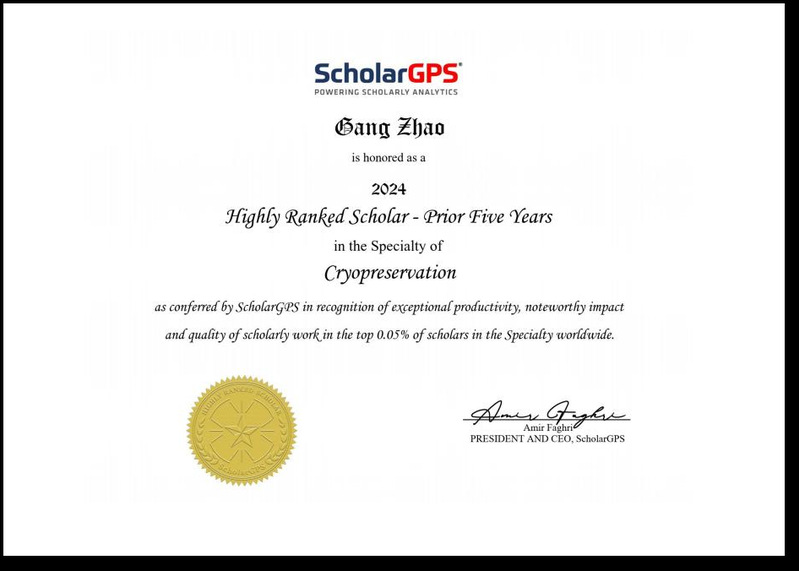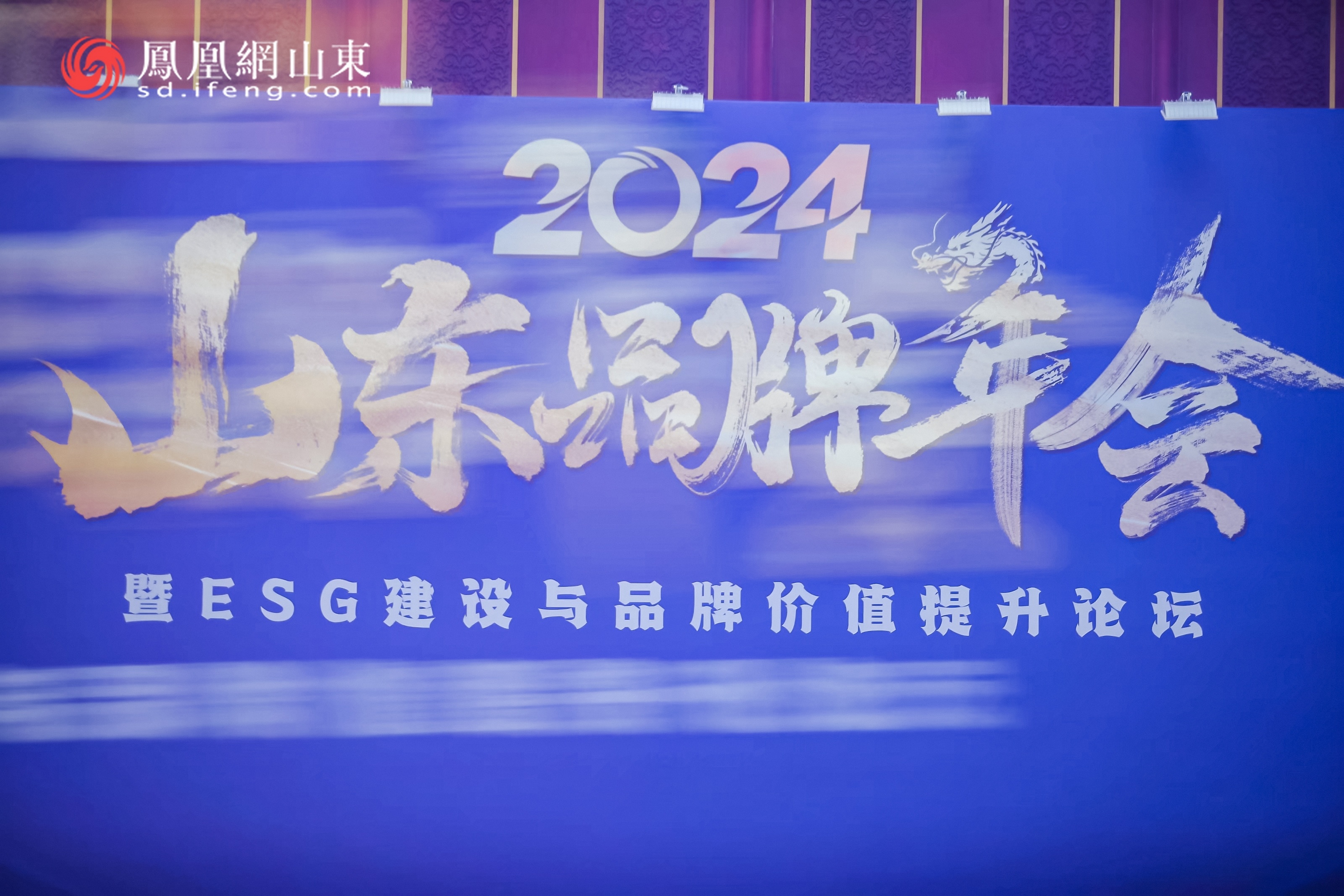4D Printing: Intelligent Technology Endowing Biomaking with "Life"
Release time:
2025-02-20
From personalized jewelry to complex aerospace components, 3D printing has already demonstrated its immense creativity and potential applications. However, the exploration of technology is never-ending, and a more groundbreaking technology than 3D printing — 4D printing — is quietly emerging. Integrating the dimension of time into 3D printing, 4D printing bestows objects with the capability of "self-deformation" and "self-assembly," bringing infinite possibilities for future manufacturing. Especially in the biomedical field, 4D printing shows unique application prospects.
The Core of 4D Printing: Smart Materials and Time Dimension
Unlike 3D printing, objects produced by 4D printing can change their shape, performance, or functions over time or with environmental changes. Simply put, 3D printing creates static objects, whereas 4D printing produces dynamic smart components akin to "life," capable of intelligently responding to their surroundings. The core lies in the combination of smart materials and programmed design. Smart materials are those that can perceive and respond to environmental stimuli (e.g., temperature, humidity, magnetic fields, electric fields). Common smart materials used in 4D printing include shape-memory alloys, shape-memory polymers, magnetically controlled smart materials, and smart hydrogels. These materials can change shape or performance under specific environmental conditions according to preset programs.
Biological 4D Printing: Dawn of Tissue Engineering and Personalized Medicine
In the biomedical field, the application of 4D printing brings new hope for the development of medical technology. Tissue engineering is a key application direction for 4D printing. Scientists use 4D printing to create biologically active scaffolds that not only have a three-dimensional porous structure conducive to cell adhesion, growth, and proliferation but also change shape and mechanical properties with cell growth and tissue repair, providing an ideal microenvironment for tissue regeneration. For example, 4D printed bone tissue scaffolds can gradually adjust their mechanical properties according to bone growth, promoting new bone formation. Such dynamic scaffolds better simulate the growth process of natural tissues, significantly enhancing the effect of tissue regeneration.
In personalized medicine, 4D printing also showcases unique advantages. Doctors can customize 4D printed medical devices based on a patient's specific conditions and physical characteristics. For instance, printing personalized heart valves for children with congenital heart disease that can adaptively adjust their shape and functions with the heart's beat and growth, thus improving treatment outcomes. Moreover, drug delivery systems created by 4D printing can achieve precise drug release. Through smart hydrogels and other materials, the system can accurately control the release amount of drugs according to the demands and time nodes of different body parts, enhancing drug efficacy and reducing side effects. For example, microspheres made of hydrogel can release anticancer drugs slowly in response to changes in the tumor microenvironment's pH, enabling targeted therapy while minimizing damage to normal tissues.
Besides tissue engineering and personalized medicine, 4D printing also exhibits unique application value in the field of flexible gripping. For example, a flexible gripper made of shape-memory polymers has certain flexibility at low temperatures, easily wrapping around the object to be gripped. When the temperature rises, the gripper tightens as per the preset program, holding the object firmly and self-adapting its gripping force according to the object's shape, preventing damage.
Future Outlook: Integration of 4D Printing and Biomaking
As a forward-looking innovative technology, 4D printing is changing our perception of manufacturing. By treating time as a dimension, it gives objects intelligence and life, offering unprecedented opportunities in the biomedical field. In the future, 4D printing is expected to achieve more complex and intelligent biomaterial manufacturing, extending from microscale cell scaffolds to macroscale organ models. Concurrently, the integration of 4D printing with other emerging technologies, such as artificial intelligence and the Internet of Things, will create new application scenarios, driving the digital and intelligent transformation of the biomedical field. It is believed that in the near future, 4D printing technology will enter everyday life, creating a more convenient, intelligent, and beautiful future for us.
Latest developments
Recently, the "Novel Technology for Ultra-Low Temperature Cryopreservation, Activation, and Transplantation of Human Ovarian Tissue," developed through a collaborative effort between Shandong Yinfeng Life Science Research Institute and Beijing University of Chinese Medicine Shenzhen Hospital, has been awarded the 2025 Shandong Refrigeration and Air Conditioning Science and Technology Award. This groundbreaking technology pioneers a new pathway for female fertility preservation, marking a significant leap in China’s interdisciplinary advancements in reproductive medicine and cryobiology.
On May 19, a delegation from the Chinese Training Workshop for Government Officials of Developing Countries visited the exhibition hall of Yinfeng Biological Group's Cryomedicine Research Center. Government officials from multiple countries gained in-depth insights into Yinfeng’s innovative achievements in cryobiomedicine, cell storage, genetic technology, and other fields. They engaged in discussions with the delegation on technology transfer and international cooperation, contributing to the building of a global community with a shared future for humanity.
On the morning of May 17, 2025, an immersive exploration into life sciences and cryomedicine concluded successfully at Jinan Yinfeng Biological Science Park. Hosted by the Shandong Yinfeng Life Science Research Institute, this event offered members a firsthand look into the research base through activities such as ultra-low temperature cryotherapy experiences, brainwave signal acquisition system trials, and expert panel discussions. Participants witnessed the infinite possibilities that cryogenic technology and life sciences hold for humanity.
The international academic platform ScholarGPS recently announced its global lists of Highly Ranked Scholars - Lifetime and Highly Ranked Scholars - Prior 5 Years, recognizing the top 0.05% of scholars across various disciplines. Among the selected Chinese scholars are national-level talents, leading figures in specialized fields, and seasoned academics dedicated to long-term research.
In January 2025, members of the Yinfeng cryomedicine team actively participated in the "Sino-French Aerial Emergency Medical Rescue Training" and obtained certification. This signifies a further enhancement of the team's professional capabilities in the field of international emergency medical rescue.
Brands are an important symbol of high-quality development. Under the drive of strategies such as Brand Strong Province and Good Products Shandong, Shandong brands have risen to prominence. Particularly in recent years, Shandong brands have focused on new quality productivity, using "new" to enhance quality, achieving remarkable results in high-quality development.



